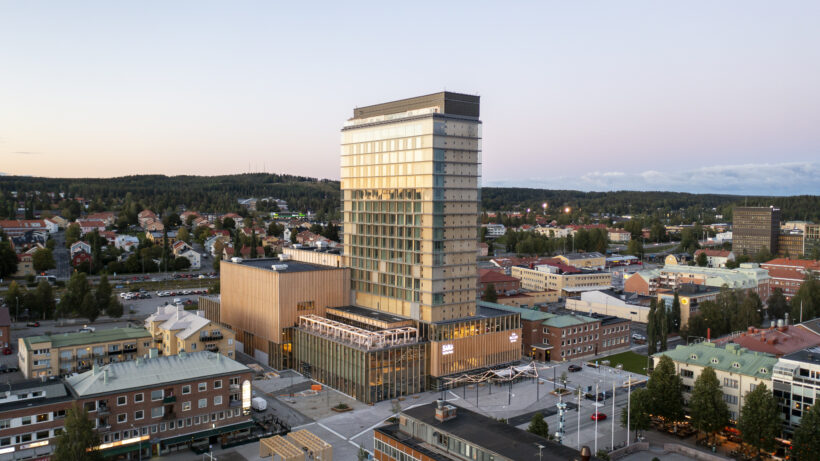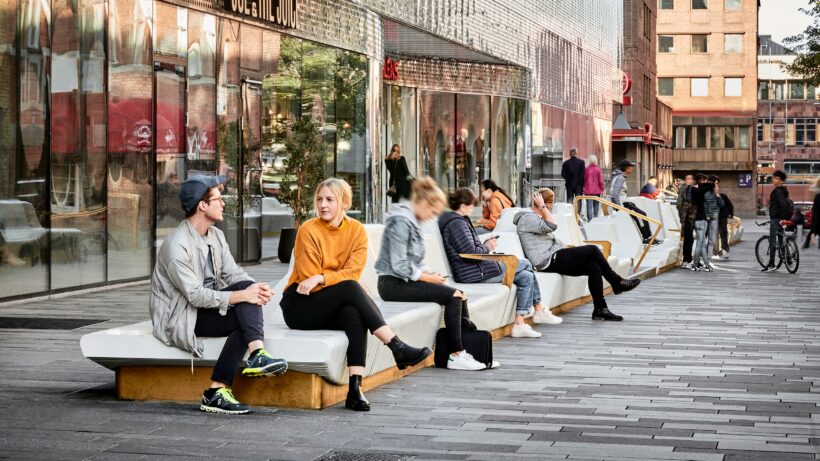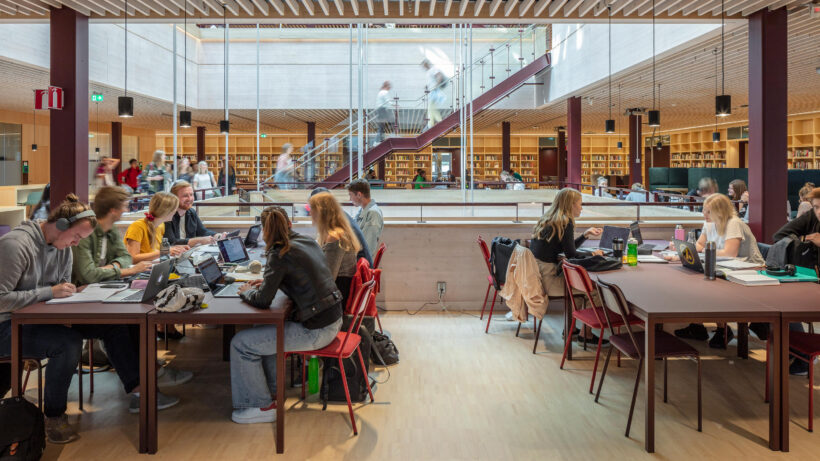The integration of design and data accelerates the fusion of the built environment and digital technology, ushering in new experiences and opportunities for citizens, businesses, and society. Our digitalisation practice propels the transition towards sustainable built environments through the fusion of digitalisation, design, and data, aiding urban developers in achieving sustainability in projects and business.
Our expertise in digitalisation

BIM
Our Building Information Modeling (BIM) services serve to streamline your projects, augment business value, and actualise sustainability objectives by employing smarter information management, fostering collaboration, and leveraging data across the entirety of the project lifecycle.

Computational design
Computational design offers new opportunities for design and innovation. We develop design systems that incorporate processes and tools to help urban developers solve complex design challenges quickly, with reduced project risk and cost.

Digital sustainability
Develop climate-neutral and high-performance designs using digital analytics and data. Our services include day and sunlight simulations, energy calculations, analyses of wind, thermal comfort and microclimate, life cycle analyses and climate calculations